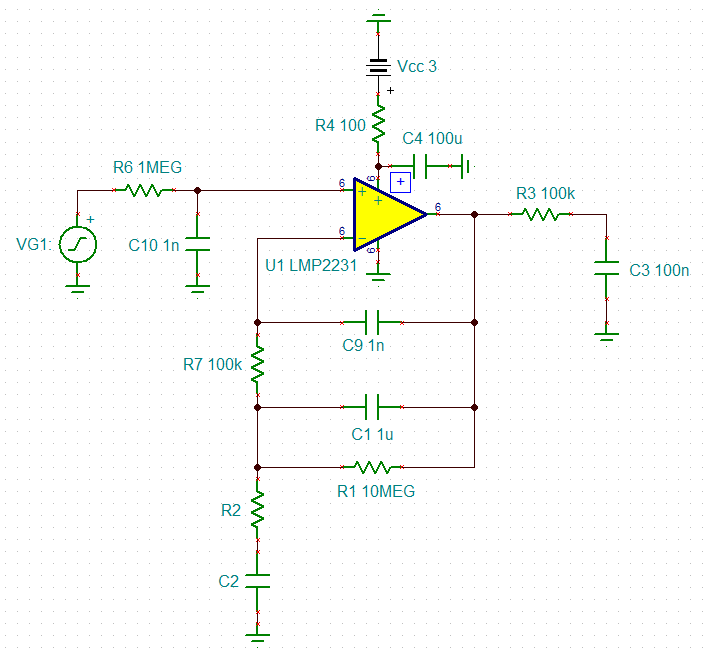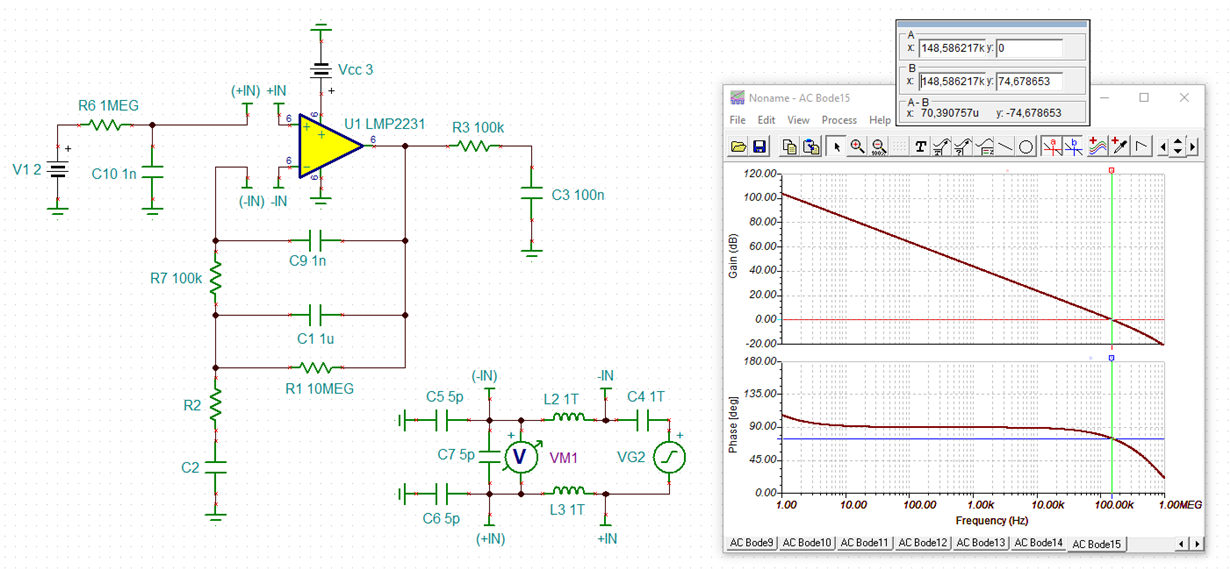Here's how I described this situation in a case that I opened a few days ago. The engineer who responded could not answer this question.
Short description: How to avoid electrical overstress of input during power-down of lmp2231
Case details or comments:
I'm using lmp2231 to buffer the output of a very high impedance electrochemical sensor. The lmp2231 features an astounding low input bias current (femtoamps) and that's what I need to operate the sensor without affecting its chemistry. When power is removed from the lmp2231, the sensor will continue to apply approximately 1 volt to the lmp2231's non-inverting input which exceeds the Abs Max rating of 0.3 volts. I cannot clamp the sensor with a diode to the positive supply without creating unacceptable leakage current through the diode. However, I am able to put a high value resistor in series with the sensor (for example, 10 Mohms) to limit input current to less than 1 uA. Will this protect the input of the lmp2231? There is insufficient data on the lmp2231 spec sheet to determine whether the lmp2231 incorporates in-circuit overstress protection that can handle a microamp input current if the input voltage exceeds 0.3 volts (above the positive supply). Many op amps can handle mA overstress currents, but this op amp has such low input bias current that it must have a lower (or even nonexistent) overstress limit. If there is a TI engineer out there who knows what sort of ESD/EOS protection is on this chip, I'd love to hear from him/her.






